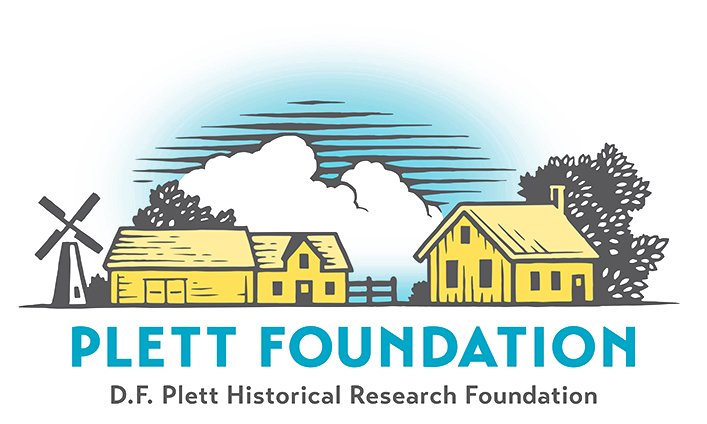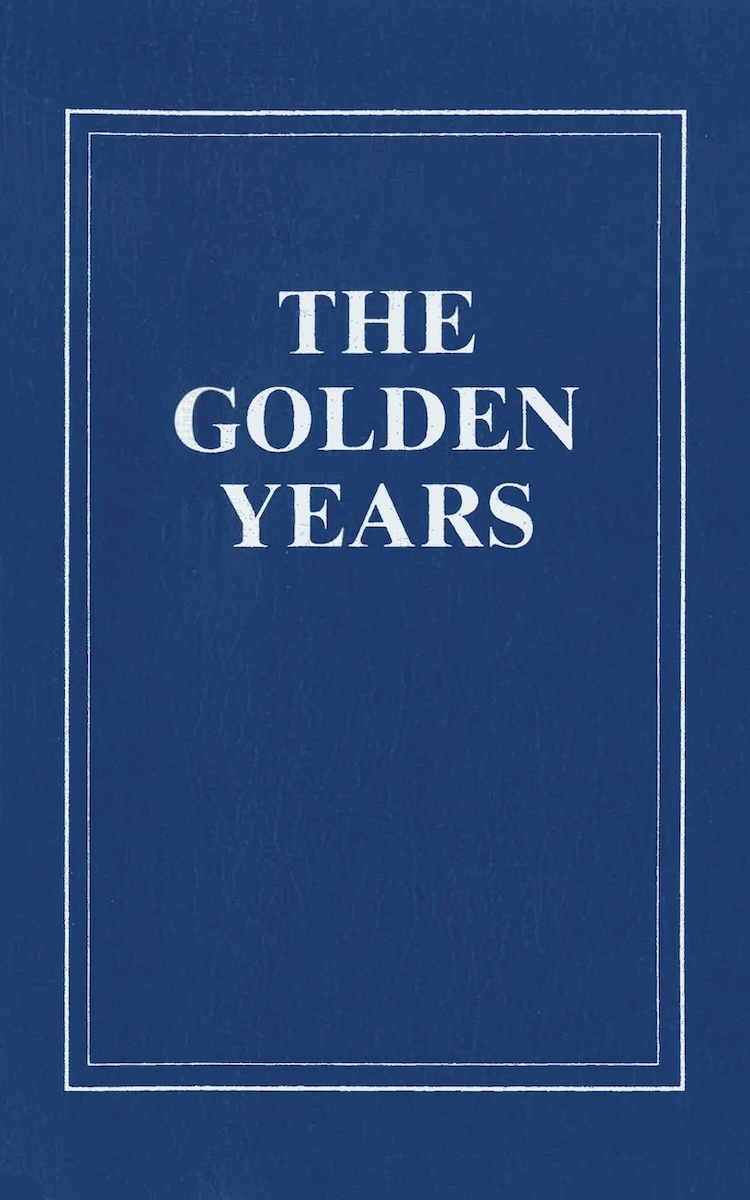The Kleine Gemeinde Historical Series
Vol. 2
The Golden Years
The Mennonite Kleine Gemeinde in Russia (1812–1849)
Delbert F. Plett
From the foreword, by Dr. John Friesen: In this study Delbert Plett interprets the experience of the Kleine Gemeinde during its ”Golden Years” in Russia from 1824 to 1849. This was a period of “internal peace, balanced consolidation and steady growth.”
Plett features three nineteenth century Kleine Gemeinde leaders. The first is Klaas Reimer, founder of the Kleine Gemeinde who died in 1837. This section includes a large number of quotations from Klaas Reimer’s unpublished autobiography, Ein Kleines Aufsatz (A Short Exposition). The second is Heinrich Balzer, a minister in the Ohrloff Mennonite Church who joined the Kleine Gemeinde in 1833 and became its most capable intellectual leader. He died in 1846. His booklet Faith and Reason is utilized heavily and reprinted in whole. The third major leader Plett presents in his study is Abraham Friesen, minister and Aeltester in the Kleine Gemeinde in Russia from 1823-1849. He represents most fully the “Golden Age” of the Kleine Gemeinde in his strong personality, wise and balanced leadership, and Anabaptist Mennonite theological outlook. In this section Plett quotes from a large number of writings by Friesen and other Kleine Gemeinde leaders during this era.
This study is significant for a number of reasons. First, Plett unfolds the development of the Kleine Gemeinde with the kind of detail and immediacy that no other study has done. This is largely due to the very heavy dependence on quotations from source materials. Second, the study allows the reader to peer into early nineteenth century Mennonite life in the Molotschna settlement, and to some extent also into the life of Prussian Mennonite churches. This is a very valuable contribution since so many of the records and writings of the Molotschna settlement and of the Prussian Mennonite churches were later destroyed. Third, this study discusses the tensions in the Russian Mennonite settlements between three different interpretations of being Mennonite. Plett identifies the three as cultural Mennonitism, Pietist Mennonitism, and Anabaptist Mennonitism. From the documents quoted, it becomes evident that the discussion about Pietism was already vigorous long before the era of Eduard Wuest in the 1850s. It also becomes evident that there was present in the Mennonite community, especially in the Molotschna, a significant effort to rediscover the Anabaptist Mennonite teachings of the sixteenth century, with special emphasis on non-resistance and peace, not swearing the oath and separation of church and state. Plett’s main contention in this study is that the Kleine Gemeinde stood within the Anabaptist Mennonite position. The Kleine Gemeinde attempted seriously to be Anabaptist Mennonite within the context of pressure from both the cultural Mennonites who attempted to maintain a status quo, and Pietist Mennonites who attempted renewal along lines in conflict with the Anabaptist Mennonite principles.

